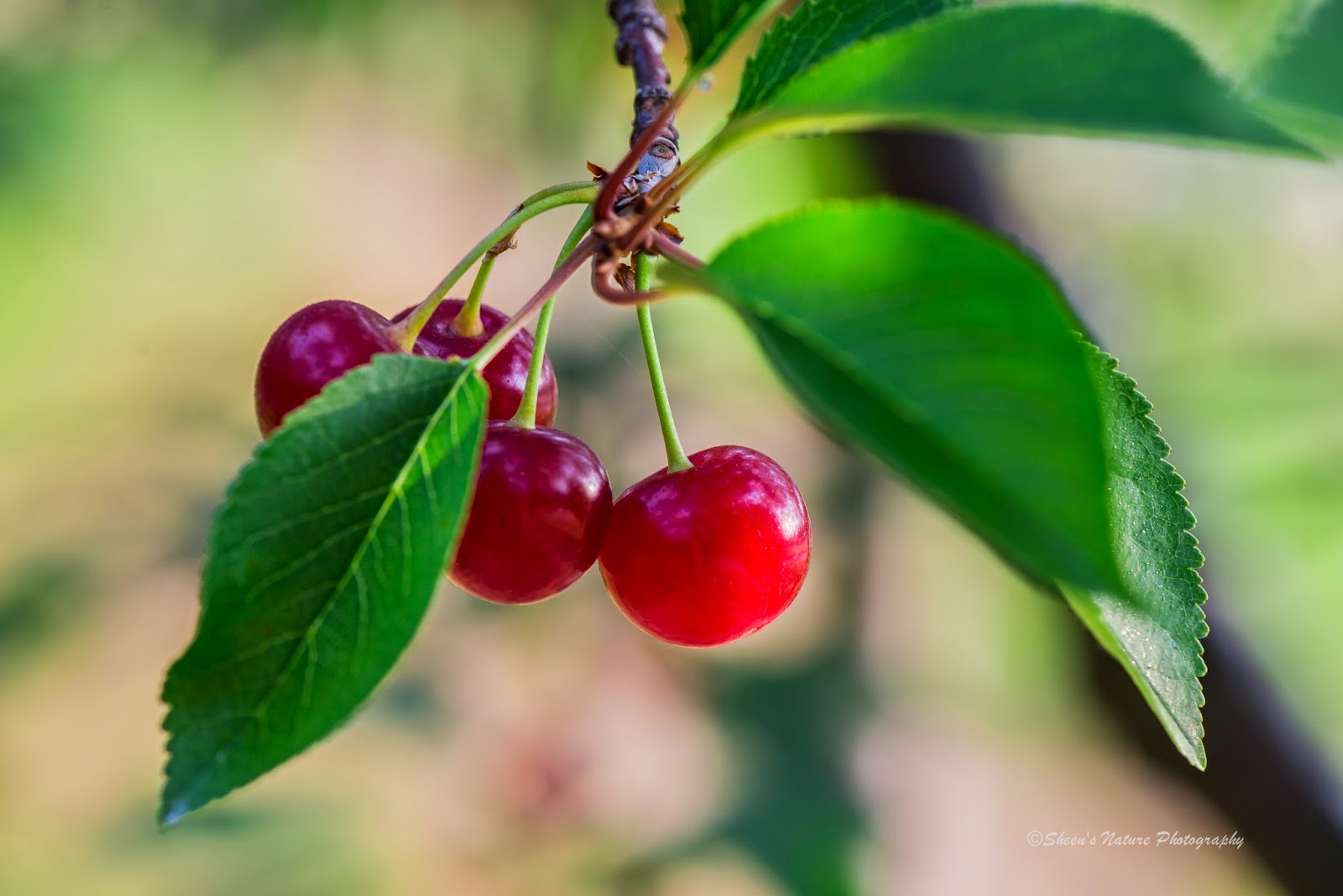 |
Seriously? Anhinga in St. Petersburg
Nikon 5100, Sigma 150-500mm |
An upcoming business trip to a location serving sunshine and eighty degrees is on the horizon. It's
our biannual global meeting. Many hours will be spent in a low-lit conference facility absorbing crucial facts, figures and plans while fighting air conditioning.
I get to leave Michigan's tundra to only to experience Florida's artificial chill. Seriously? Pack a sweater?
All is not lost.
During the week, there will be moments of downtime. Early morning will share rose-tinted sunrises, a walk through an aqua blue harbor complimented with sea-faring birds cackling in the breeze.
It's decision time. The majority of us tend to stress over 'what to wear to the meeting' and other work events.
Photographers also have to balance, "What camera and lenses do I bring?"
 |
Balance is Never Over-Rated, Willet on Jacksonville Beach, FL
Nikon 7100, Sigma 150-500 |
For me, checking lenses and cameras is simply out of the question. Over a million miles of travel have reinforced the guideline of 'if it matters, don't check it or don't take it.'
There's the challenge of managing carry on size as only two items are allowed. Weight from a personal injury standpoint is always a consideration.
For bird photography, it's easy. I'll need my
Nikon 7100 DSLR and two lenses:
Nikon 70-300mm and my
Sigma 150-500mm. That's about eight pounds.
Do I really need both? Yes.
While fellow business partners are still sleeping, I'll be wandering the harbor chasing sunrises. For those, I prefer to use my full frame camera (
Nikon 600).
Another decision point. I can only take two more lenses, with four to choose from. The process of elimination? My 24-85mm lens would serve well as getting some wide angle images and also act as a general purpose lens - done. The last lens is my 105mm macro, never travel without it. The wide angle and portrait lenses will sadly remain resting at home.
 |
Sunscreen Needed, white Ibis near St. Petersburg Pier
Nikon 5100, Sigma 150-500mm |
Knowing the size of your plane is important. It's an important guide in organizing and packing your carry-on. How I pack for small regional planes versus jets are a bit different.
Regional carriers: A small backpack and another small carry on bag. Under-the-seat storage is small and the overhead storage space allows for small-to-midsize messenger or computer bags. If you have a 20" or larger roller, it's getting checked at the gate.
I've recently discovered the
Tenba Vector Backpack. At two pounds, it'll hold a camera, laptop if needed, my small purse and a few lenses. Everything inside is flexible and attaches with velcro. Sensible, easy and the cadmium red is a nice change from the black bag.
My second, over the shoulder carry-on will hold my other camera and my large lens in their stock storage cases. Tenba's light weight collections of
Vector Daypacks and the
Discovery Daypacks come in weights of 1.8 to two pounds.
Their
Discovery Daypacks are on my watch list.
 |
Watch List.... yellow-crowned Heron in St. Petersburg Pier, Florida
Nikon 7100, 70-300mm |
Jet carriers: Like the regional carriers, I always wear a lightweight backpack because I'll need it when I'm going out to shoot. However, with jets I can take a few more lenses. My
Tamrac Expedition bag is huge, and holds most of my gear. Fully loaded it's a hefty thirty pounds. When my husband travels with me, this bag is going with us. It's perfect for road photography trips. At home this bag keeps my gear safely stored and organized.
When I'm solo, I use the
Tenba Vector Backpack and pack the heavy lenses, cameras in storage cases inside a 21"
Samsonite lightweight spinner.
What about work attire? Not a lot of decisions needed and definitely not as much fun to pack.
Happy Shooting!
Sheen
















































